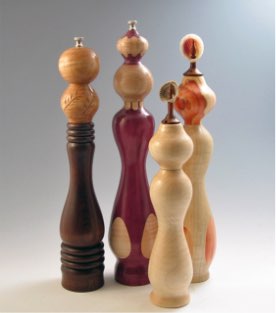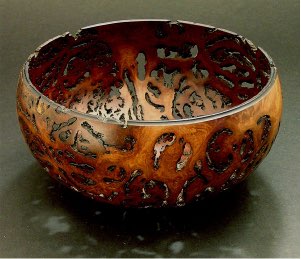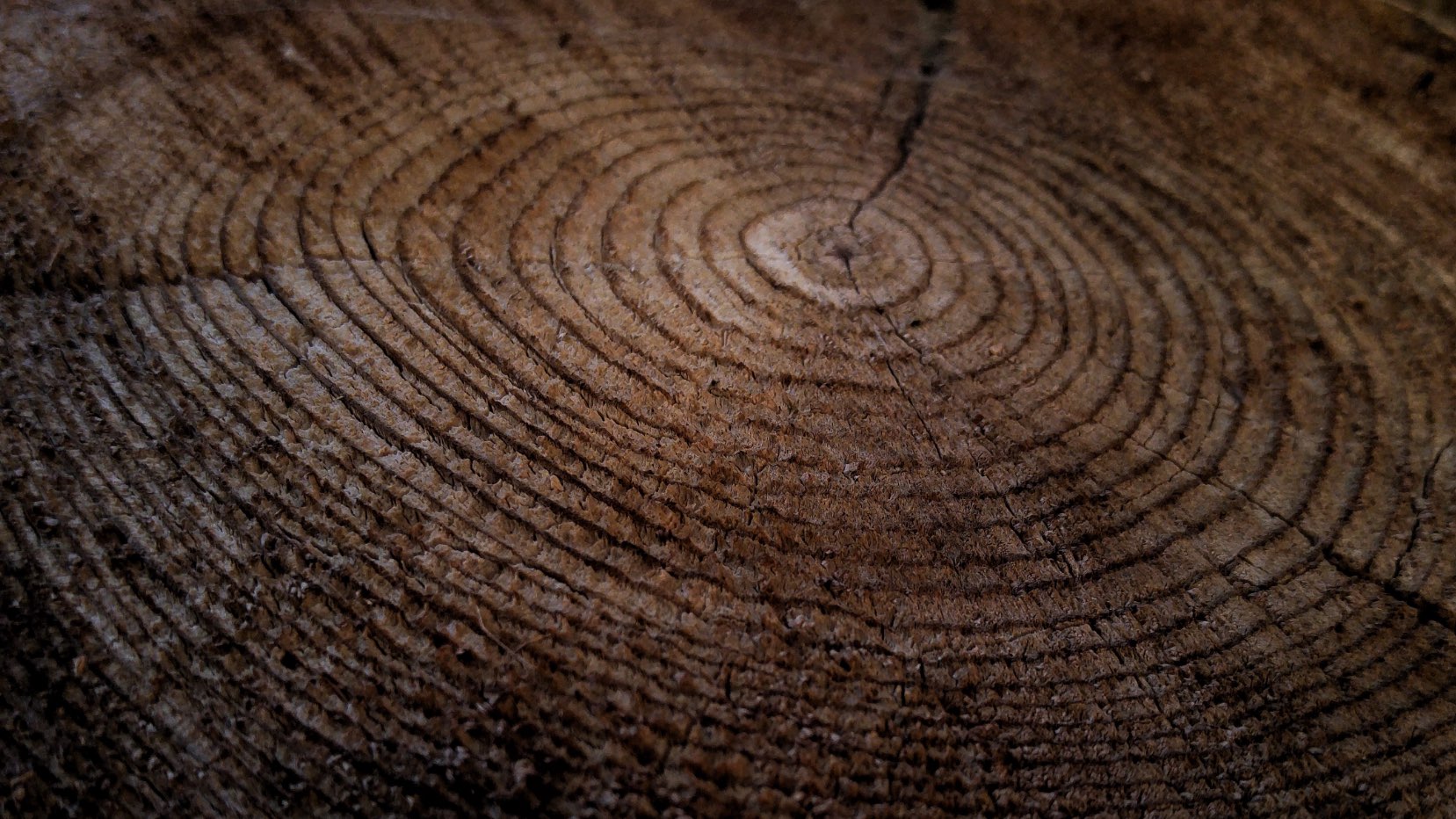This is note 1 of a 3-part series on artisanal handicraft discovering perfection and beauty in ancient crafts.
The ancient hobby of wood turning can magically transform a log of wood into a smooth, shiny decorative bowl within just 90 minutes. In recent decades the art of, literally, turning a piece of wood while using a cutting tool to create various shapes and decorative patterns has been gaining popularity thanks to the likes of Rolly Munro and Richard Raffan.

One of the world’s best known wood turners, Raffan popularized wood turned objects as works of art worthy of display in museums and galleries. He has also authored numerous books on the subject. Munro, on the other hand, creates beautiful, contemporary wood turned pieces on top of coming up with a fine hollowing tool that many in the community rave about.
But before it was ever considered a hobby wood turning was decidedly an important activity. Pieces of furniture, musical instruments, bowls, chess pieces, even the spindles used to make lace bobbins are just a few examples of the versatility of wood turning. Had the trade suddenly disappeared daily life would have been more chaotic than losing your mobile phone or other technological conveniences today.
The lathe
Wood turning is made possible by a deceptively simple invention called the ‘lathe’ that has been making its rounds (pun intended) as far back as 1300BC in Egypt. Patterns and shapes are formed by just a continuous turning of the wood, much like a potter’s wheel but lying sideways. In its most rudimentary forms, either two persons were needed to work the lathe (the apprentice kept the wood turning while the master cut and shaped it) or a bow string was looped around the wood which was then rolled backward and forward. The latter was known as a bow lathe and in the hands of a master artisan is still deftly used to create beautiful small objects even today.

A special kind of lathe called the ornamental lathe is set apart from the rest as it allows the turner to follow a preset pattern plan. Initially invented in the 14th century, ornamental lathes cost a considerable amount of time and expense to make and so were reserved strictly for the European elites – complete with court appointed turners. Jacob Perkins’ invention the famous ‘rose engine lathe’ was so named for its ability to create complex, symmetrical rose patterns. Other materials like bone, leather, stones (gemstones too!) And metal also were turned by the use of a lathe. With modernisation, the simple device evolved to use pedals, then motorised and today can even be completely computerised which allows for high precision and uniformity required for mass-production – sadly reducing traditional wood turning into an ancient hobby.

A choice wood
It takes years of practice but the beauty of wood turning is you can never quite guess how a certain piece will turn out. The fineness of wood grains as well as the final colors depend on the type of wood used. Elm, maple and oak woods are particularly well-suited for wood turning but of course plenty of other types of wood can be turned – each with its own unique personality. However special care must be taken to ensure the wood is thoroughly and properly dried to avoid splitting or warping.
Interestingly some of the most beautifully composed woods result from spalting, a decaying process due to fungal infection. Passionate wood turners also keep a special look out for burls – irregular outgrowths on the trunks or roots of trees which naturally yield incredible patterns and therefore make amazing turned pieces.
One type of wood to note is the kauri wood, or more specifically ancient kauri wood. Originally from New Zealand, kauri trees are among the largest trees in the world, and can live up to 2000 years old. While living kauri trees today are protected, there are layers of fallen kauri trees buried underground, in areas of ancient wetlands in northern New Zealand. Amazingly these peat swamps provide the perfect form of protection for the fallen trees, preventing them from petrification and decay for as long as 45,000 years (yes the buried forest predates even the Ice Age). Today the oldest workable wood in the world is excavated and used by the Ancient Kauri Kingdom to produce an array of wood products, including artistically turned pieces.
Be it a tinge of pink and cream from the Turkish hazelnut or red and black hues in the ash leaf maple, a passionate wood turner is always excited at the possibilities that a piece of blank (unturned wood) can offer. In fact, wood turning is actually one of the best ways to recycle any unwanted wood – other than throwing them onto the fireplace that is. Felled trees, trees struck down by thunderstorm, unwanted trees from the backyards … just like the marble stone, these trees are nature’s way of contributing to the making of an objet d’art.




